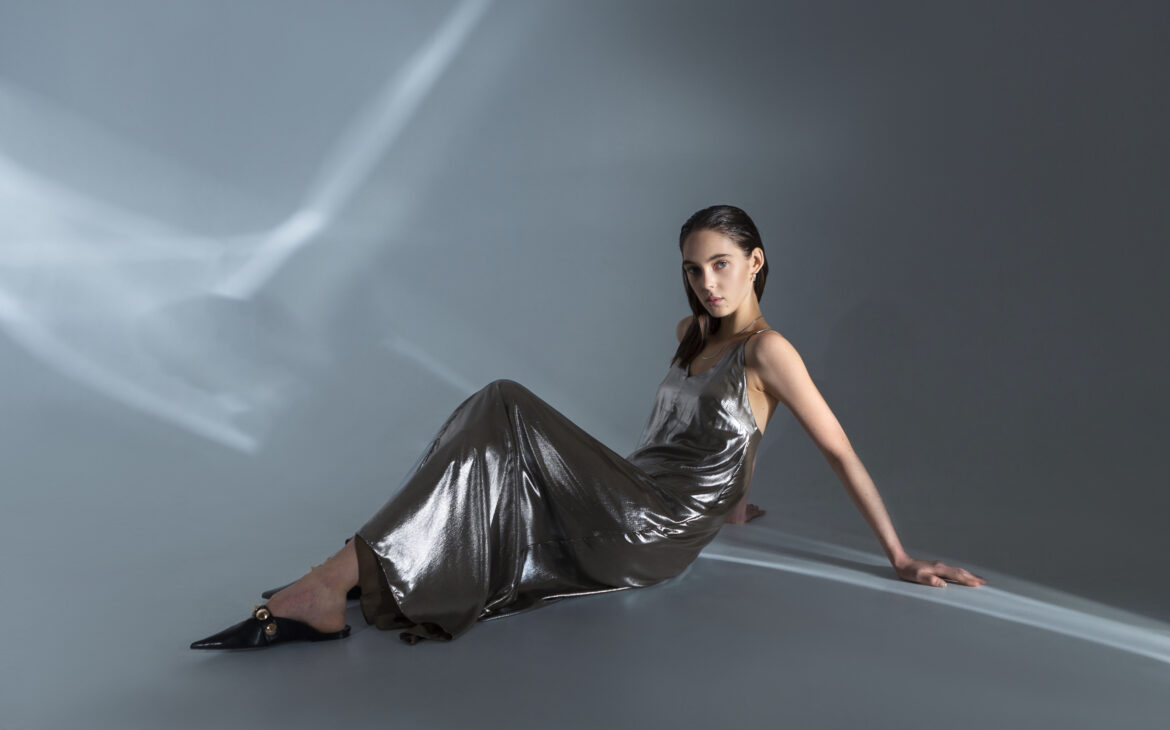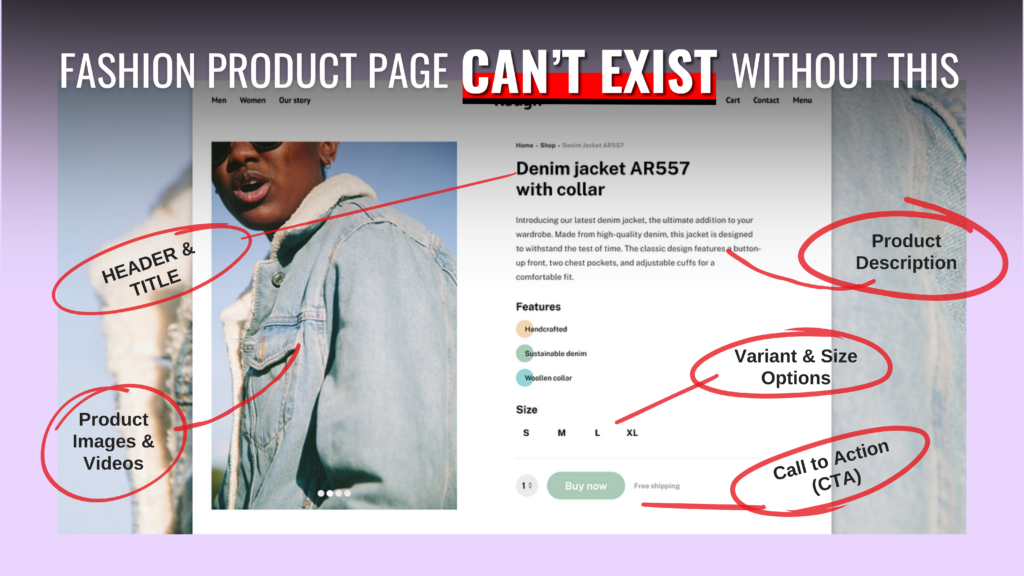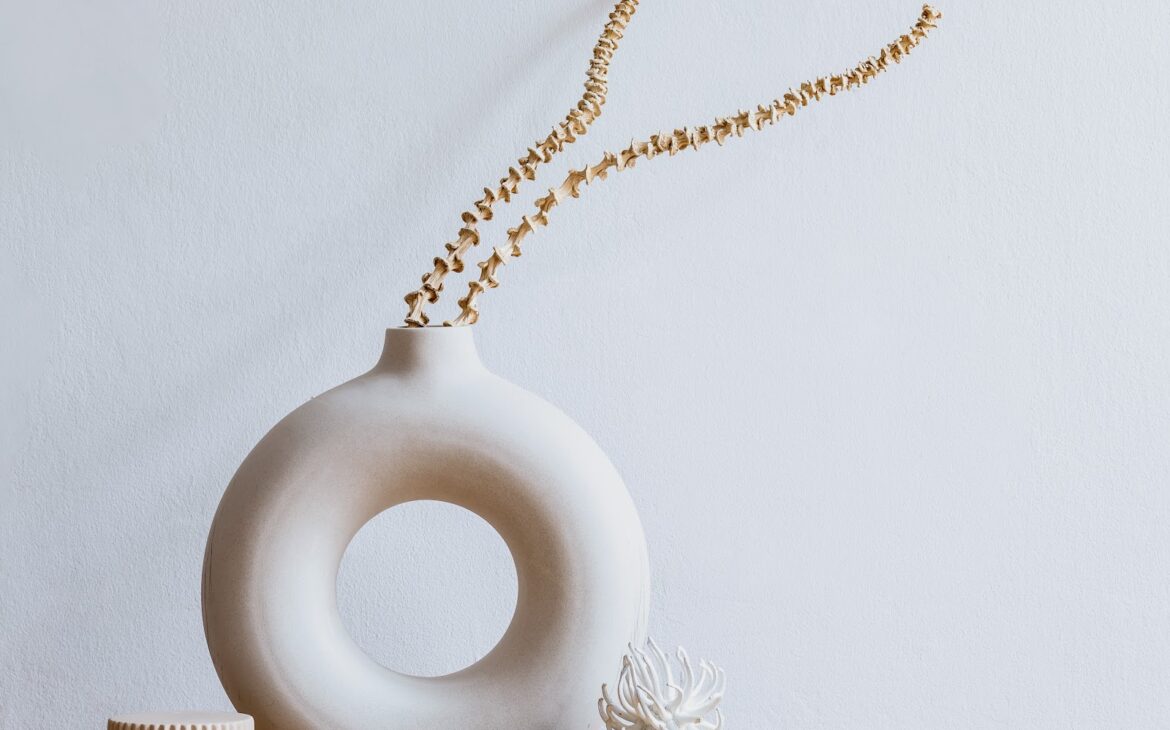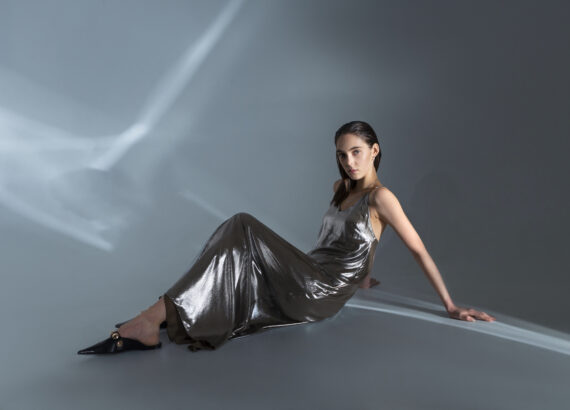
The rise of online shopping, fueled by advancements in digital technology, has made fashion clothes photography for online stores more important than ever. Whether it’s a high-end boutique showcasing their latest collection or an individual seller promoting their vintage thrift store on Instagram, quality photographs play a crucial role in marketing and selling clothing items.
Fashion clothes photography is a dedicated genre of photography that focuses on presenting clothing items in the most visually appealing and attractive manner. It involves a blend of technical know-how, creativity, and attention to intricate details, contributing significantly to branding and customer perception.
In this blog, we aim to provide valuable tips and ideas on enhancing the quality of your fashion clothes photography and helping your products stand out in the highly competitive digital marketplace.
Why is it Important to Capture Quality Fashion Clothing Photos?
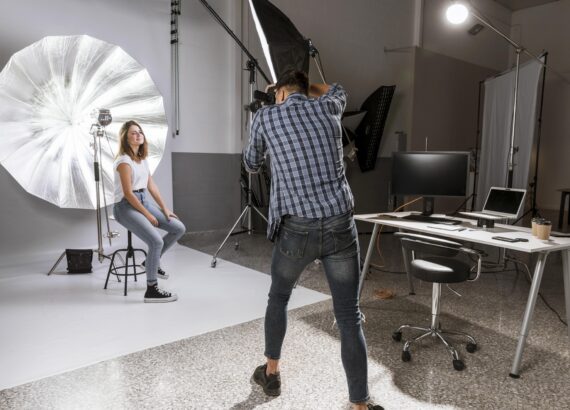
Capturing quality fashion clothing photos can significantly influence the customers’ buying decisions. Good quality photographs not only showcase the clothing item’s design and details but also help establish a strong brand identity.
Moreover, they enable customers to visualize how they might look in the clothing, thereby heightening their interest and driving potential sales.
Lastly, amidst the ever-growing competition in the online clothing marketplace, having stunning fashion clothes photos can greatly distinguish your brand and products, providing a competitive edge.
How to Prepare for the Fashion Clothes Photoshoot?
Preparation is key to a successful fashion clothes photoshoot. Begin with understanding the purpose of the shoot and the target audience. This will guide your decisions related to theme, styles, and location. Ensure the clothing items are meticulously selected and well-ironed to get rid of any creases. Plan out your location, lighting, and camera settings carefully, including taking test shots. Also, consider hiring a professional model or stylist if your budget allows. Finally, equip yourself with the necessary photography gear and meticulously arrange everything beforehand to ensure the actual shoot goes smoothly and efficiently.
Selecting the Clothing Pieces
Choosing the right clothing pieces for your shoots is critical to creating compelling images. Here are some pointers:
- Consider the season: Choose clothing items that align with the current season or the upcoming fashion trends.
- Pay attention to colors and patterns: Use colors and patterns that are likely to catch the viewer’s eye. But remember not to let these elements overpower the overall look of the image.
- Quality matters: Ensure the clothes are of high quality. The quality will reflect in the photographs and make them more appealing.
- Size: Pick clothes that fit the model perfectly. Well-fitted clothes look better in photos compared to loose or overly tight ones.
Steaming and Cleaning the Garments
Steaming and cleaning the clothes is vital before the photoshoot. Steaming will eliminate any creases and wrinkles usually resulting from packaging or handling, giving the clothes a pristine and fresh look. An affordable handheld steamer can do the job well. Cleaning the clothes will eliminate any dust or stains that might have come from storage or transportation. A lint roller can be used to clean the garments. Always check under strong light for any dirt or lint that might reflect under the flash.
Choosing the Right Location
The location for the photoshoot significantly influences the appeal and context of your images. Here’s what to keep in mind:
- Match the Location: Choose locations that match the theme or style of your clothing products.
- Consider Lighting: Opt for locations with good natural light or ensure there’s ample provision for setting up artificial lighting.
- Avoid Clutter: A cluttered background can distract from the clothing. Go for minimalist or neutral backgrounds whenever possible.
- Be Creative: Unconventional locations can add an unexpected twist to your photographs. Don’t shy away from experimenting!
What are the Different Fashion Photography Styles?
There are several distinct fashion photography styles, each serving a different purpose and intended for specific platforms. Let’s understand these styles and use them appropriately to enhance the diversity and appeal of your product portfolio significantly.
Lifestyle Photoshoot
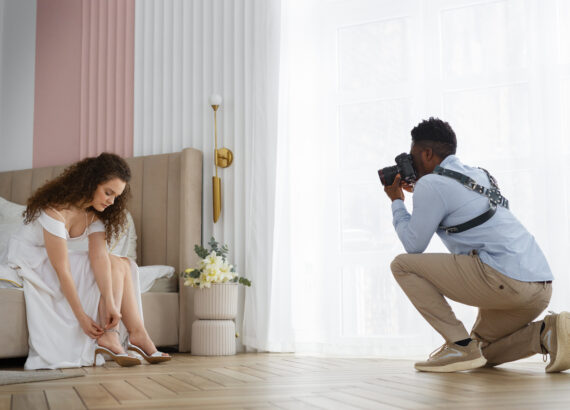
In a lifestyle photoshoot, clothing is photographed on models in a real-life setting to create an aspirational vibe around the product. This style is a great way to help prospective customers visualize how the clothes look and fit in their daily lives. It could involve models wearing your clothes in an indoor cozy setting, having an outdoor barbeque party, going to the beach, trekking adventure, etc., realistically embodying various lifestyle scenarios where the customers can imagine themselves. Lifestyle photoshoots, while requiring careful planning, can significantly drive audience engagement and, ultimately, sales.
Editorial Photoshoot
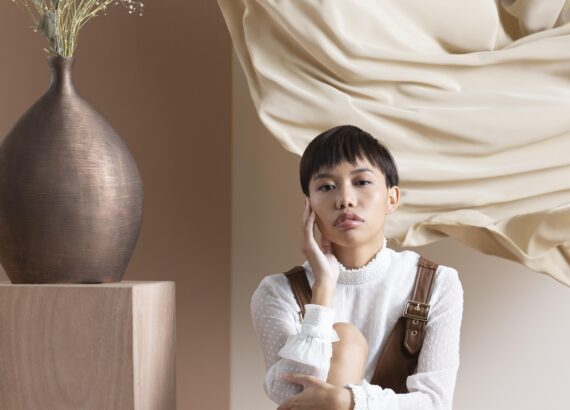
Editorial photoshoots are typically story-driven, weaving a narrative around the clothing line. These fashion shoots are aimed at fashion magazines and high-end promotions. The carefully crafted themes are intended to evoke strong emotions and make a bold fashion statement. While these shoots require meticulous planning, budget, and skilled photographers, they offer immense creative freedom to experiment with clothes, makeup, location, props, etc. They are widely popular among established brands to create an iconic image that resonates with their brand persona.
E-commerce Photoshoot
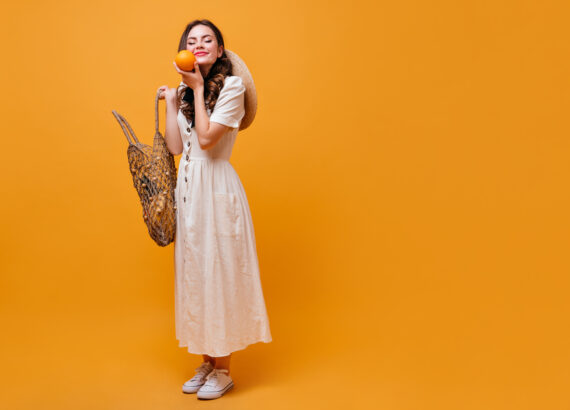
In e-commerce photoshoots, clothes are photographed on models or mannequins against a white background or solid-colored background, clearly representing how the product looks in real-life situations. Given the limited visual information available to online buyers, this style ensures that every detail of the product is distinctly visible, offering an unambiguous view of fabric texture, color, styling and fit, which is essential for platforms like Shopify. Although less creative than lifestyle or editorial photoshoots, e-commerce photoshoots are crucial for online clothing stores, directing customers’ focus solely on the product and aiding their purchasing decisions.
Fashion Photography with Mannequins
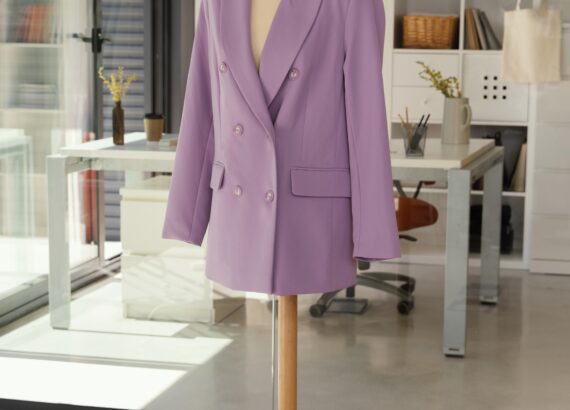
Fashion photography with mannequins is a cost-effective and practical approach, especially when multiple clothing items need to be photographed. Mannequins offer a flexible and accessible solution, allowing the clothes to retain their natural shape and form without the need for a live model. As mannequins don’t pose distractions like a human model might, they keep the viewer’s attention solely on the garment. Furthermore, using an invisible or ghost mannequin technique in post-production, where the dummy is edited out of the photos, can provide a 3D effect showcasing the clothing items seemingly suspended in space, especially when combined with strobe lighting techniques.
8 Expert Tips for Capturing Stunning Fashion Clothes Photos
Alt text: Camera and fashion garments setup
Capturing stunning fashion clothing photos requires both technical expertise and a creative vision. We have curated a list of 8 expert tips. By understanding and applying these tips to your fashion photoshoot, you can create sensational photographs that not only catch attention but also effectively fulfill their commerce-driven purpose.
1. Choosing the Right Camera & Settings
The right choice of camera and appropriate settings, including shutter speed, play a pivotal role in fashion clothes photography within a photo studio. While DSLR and mirrorless cameras are ideal, smartphone cameras with advanced photography features also work well for beginners. To enhance your fashion photography, consider using a lighting kit along with a tripod for increased stability. Ensure the ISO is low (preferably around 100) within camera settings for less grainy images. Maintain a balance of whites for accurate color representation. Choosing the correct aperture is crucial: larger numbers usually result in more aspects of an image being in focus. Here are some general settings to start with:
| Setting | Ideal value |
| ISO | Low (around 100) |
| White Balance | Balance based on lighting |
| Aperture | 7.1 or 8 |
2. Selecting a Proper Background
Having an appropriate background is critical in ensuring your clothes stand out without any distractions during the photo shoot. Usually, pure white or light gray backdrops are preferred for their neat, minimalist look, presenting your products in the best possible light. This ensures consistency amongst photos and works exceptionally well for e-commerce photography. Additionally, creative enhancements can be made in Photoshop, but sometimes, using a colored or textured backdrop in harmony with the clothing or theme can add an artistic element to your images. Regardless of the choice of color or texture, make sure it complements the clothing without overshadowing it.
3. Lighting Techniques for Fashion Photography
Getting the lighting right is crucial, as it can make or break your fashion photography. Here are a few techniques to consider:
- Natural Light: Utilize natural light wherever possible. It offers a soft, flattering glow to clothing items.
- Artificial Light: A good studio light setup can replicate any look. Three-point lighting with a key light, fill light, and backlight can help eliminate unwanted shadows.
- Diffuser: Use a diffuser or softboxes to soften harsh light sources and spread light evenly.
- Experiment: Try shooting at different times of the day or use various artificial lights to achieve diverse effects.
3. Experimenting with Angles
Fashion clothes photography isn’t just about straight-on shots. Experimenting with different angles, including a flat surface, can add an interesting dynamic to your images. Try capturing the garments from various perspectives – from above, below, side or even diagonally to achieve the best lighting. Go beyond the norm by twisting or rotating the clothing item in different directions. This will give the audience a rich and holistic view of the product and also create visually compelling photographs that set your brand apart.
4. Focus on Details
The charm of a great fashion photograph often lies in the minor details. From the texture and color of the fabric to the unique buttons, laces, embroidery or designs – these elements can significantly enhance the overall appeal of your clothing photographs. By zooming in on these details, you not only project the quality and craftsmanship of the product but also allow customers to appreciate and understand the product better. Remember, these little specifics often capture and retain customer attention.
5. Utilizing Invisible Mannequins or Models
Using invisible mannequins or live models is an effective way to showcase your products in fashion clothes photography. While live models offer a real-world representation of your clothing, making it easier for potential shoppers to visualize themselves in it, invisible mannequins are a cost-effective alternative that provides a 3-dimensional display of your clothing without any distractions. With the use of clever photo editing post-shoot, the mannequin can be made ‘invisible,’ giving the illusion of the clothing item floating in mid-air. This technique is hugely popular in e-commerce photography.
6. Group Shots vs. Individual Shots
Both group shots and individual shots serve varied purposes in fashion clothing photography. While individual shots offer a detailed and focused view of a single piece of clothing, group shots can help exhibit how different clothing items can be paired. They provide a comprehensive idea of styling and allow viewers to understand how various pieces can complement each other. However, it’s essential to ensure that even in group shots, every clothing item stands out distinctly. Mix and match both styles in your portfolio for diverse images.
7. Incorporating Props and Accessories
Including props and accessories in your fashion clothes photoshoot can add depth and visual interest to your shots. Here are a few points to keep in mind:
- Alignment with the theme: Ensure the props used align with the theme or style of your clothing.
- Prop Type: Utilize fashion accessories like hats, glasses, scarves, or lifestyle objects that complement the clothes.
- Relevance: The props should look natural and relevant to the setting. Avoid crowding with too many items.
- Highlighting the product: Ensure that props do not divert attention from the main product but rather enhance its overall look.
What are the Essential Editing Techniques for Fashion Clothes Photography?
After shooting, the raw images require refining to transform them into professional photographs. This is where editing comes into play in fashion clothes photography. Below are the essential editing techniques that everyone should be familiar with.
Retouching & Adjusting Colors
Retouching involves fine-tuning your images to clean up any imperfections. It might include removing dust or lint, correcting folds or wrinkles, or rectifying issues with skin texture in case of model shoots. The key here is not to overdo it; the goal is to improve image quality while ensuring it still looks natural. Along with retouching, adjusting colors is equally important. Subtle tweaks in saturation, vibrancy, and contrast or adjusting the white balance can bring out the actual shades of the clothing item, making the colors appear more true to life, thus offering an accurate representation of your products.
Cropping and Resizing
Cropping and resizing your images can significantly enhance their composition and impact. Effective cropping can help emphasize the subject and eliminate any distracting elements from the frame. It also allows you to set a consistent ratio for all your photos, thus providing a uniform look across all your product images. Resizing your images, on the other hand, is pivotal for practical reasons. Different ecommerce stores or social media sites may have specific requirements for image dimensions. Therefore, resizing your images to suit these specifications ensures that your photos appear the way you intend them to on various platforms.
Consistency in Image Presentation
Maintaining a consistent style in image presentation is key to solidifying your brand identity and fortifying customer trust. This consistency extends from lighting, color palette, editing style, model poses, and camera angles to your images’ overall aesthetic and mood. It helps create a cohesive look in your collection, making it instantly identifiable as your brand. However, while consistency is essential, don’t let it curtail your creativity. Periodic experiments with new styles or trends can refresh your portfolio and keep your audience engaged, provided these deviations align with your brand philosophy.
Partner with FlixStudio for Stunning Fashion Clothes Photography
With the escalating online market competition, ensuring your fashion clothes photography stands out is imperative. Collaborate with FlixStudio and experience the difference. FlixStudio is your one-stop destination for innovative and captivating video production. With a team of skilled professionals, including professional photographers, and state-of-the-art equipment, we bring your vision to life through stunning visuals and compelling storytelling. From corporate videos and commercials to documentaries and music videos, we specialize in crafting high-quality content that leaves a lasting impression.
Venture into a partnership with FlixStudio and elevate your brand image with compelling fashion clothes photographs that grab attention, evoke desire, and inspire purchases.
Wrapping Things Up
Fashion Clothes Photography is undeniably essential in today’s digital commerce era. High-quality photographs serve as virtual salespeople, influencing potential customers and directly impacting sales. While it involves a blend of technical precision and creative thinking, mastering this craft opens new avenues for brand growth and customer engagement.
Each step is pivotal, from preliminary preparations of the clothing pieces to the final post-production stages, and leaves an imprint on the final results. While the journey of perfecting fashion clothes photography can be challenging and require time, the rewards are significant.
Remember, ‘Every day is a fashion show, and the world is your runway.’ So gear up and bring your A-game to capture the best fashion clothes photos that leave a lasting impression.
Frequently Asked Questions
How can I improve the quality of my clothing pictures?
Ensuring proper lighting, experimenting with different angles and styles, focusing on small details, picking a complementary background, and using high-quality clothing can significantly enhance the quality of your clothing pictures. Post-shoot, investing time in detailed editing and color correction is key.
How much does professional fashion photography cost?
Professional fashion photography costs vary based on factors like location, photographer’s experience, models, and production elements. However, it typically ranges from $200 to $500 per hour. It can go as high as $1,000 to $3,000 per image for top professionals.
What is the ideal camera setting for fashion clothes photography?
Ideally, keep the ISO around 100 for fashion clothes photography to avoid a grainy output. Balance your whites based on the lighting you’re working with. A larger aperture number (10-13) will keep more aspects of an image in focus, enhancing photo quality.
What is the best way to photograph clothes without a mannequin?
Clothes can also be effectively photographed using the flat lay technique or hanger shots. For a flat-lay shoot, lay the item flatly and take photographs from directly above. Hanger shots entail hanging the clothing item against a white or neutral background.
Do I need a studio for fashion photography?
While having a professional studio is advantageous for lighting control and convenience, it isn’t essential. Many successful fashion photoshoots are done outdoors, in homes, or makeshift studios using natural light. The key lies in understanding light, utilizing the space strategically, and setting up a suitable backdrop.

